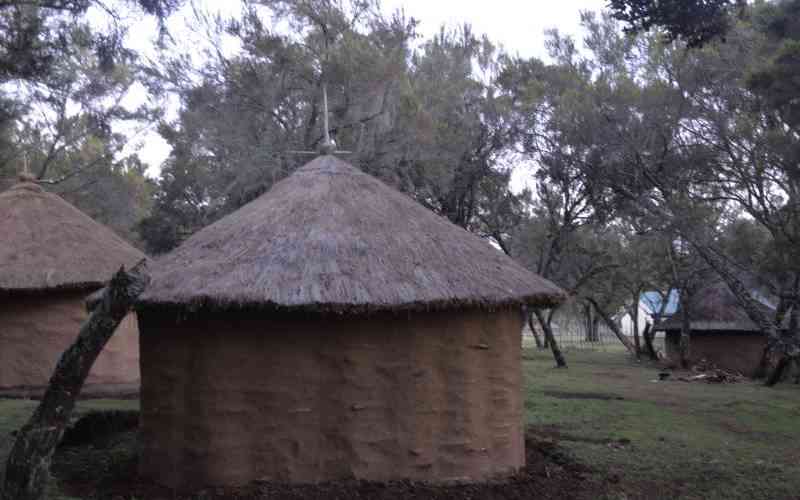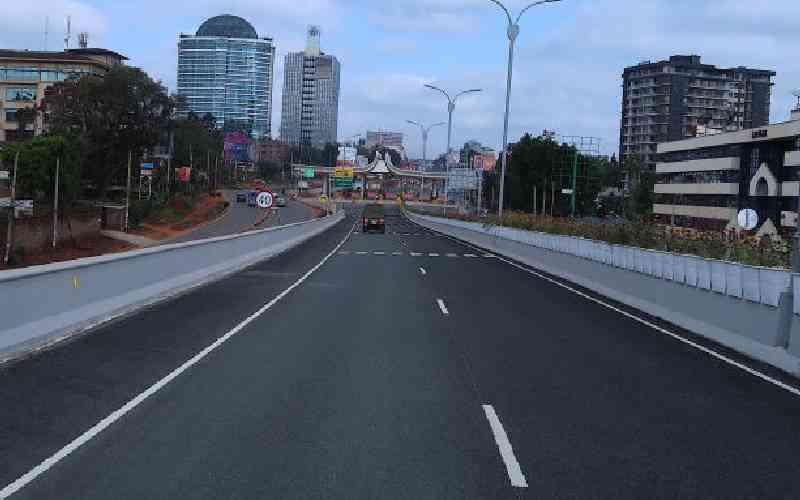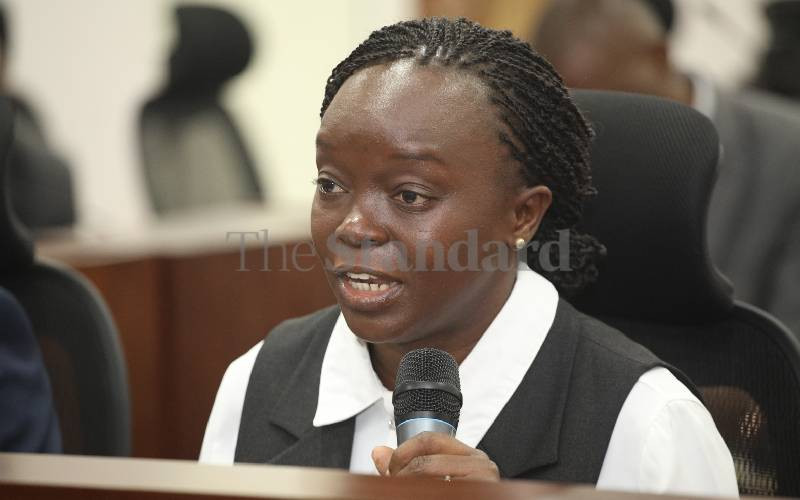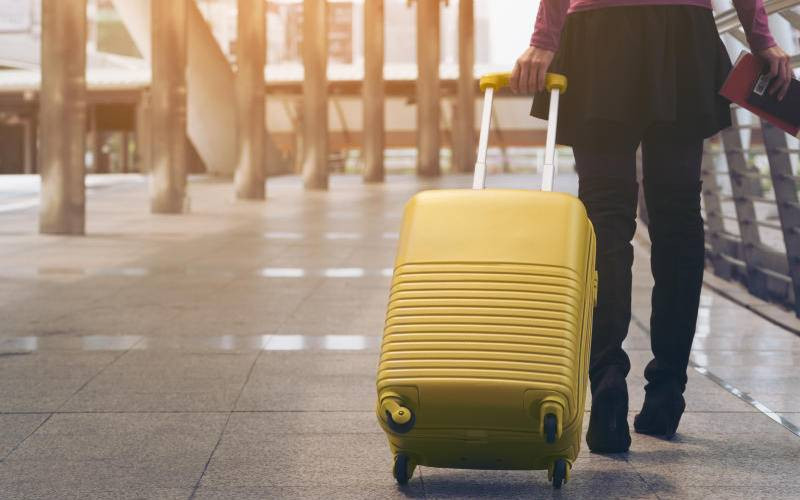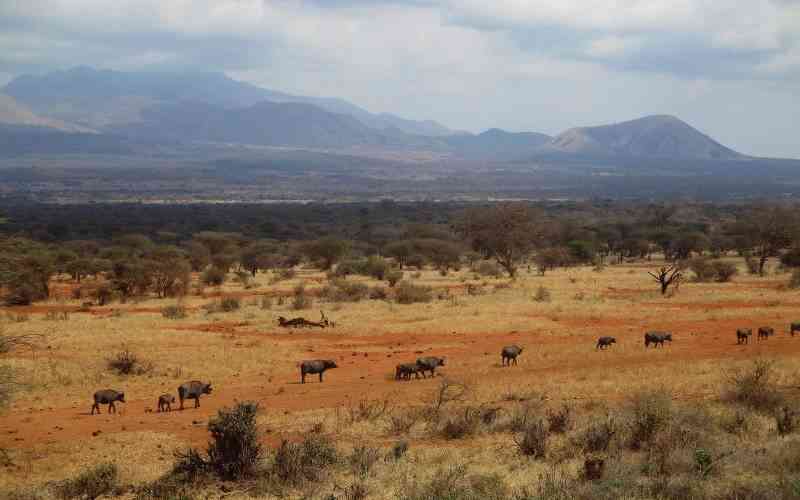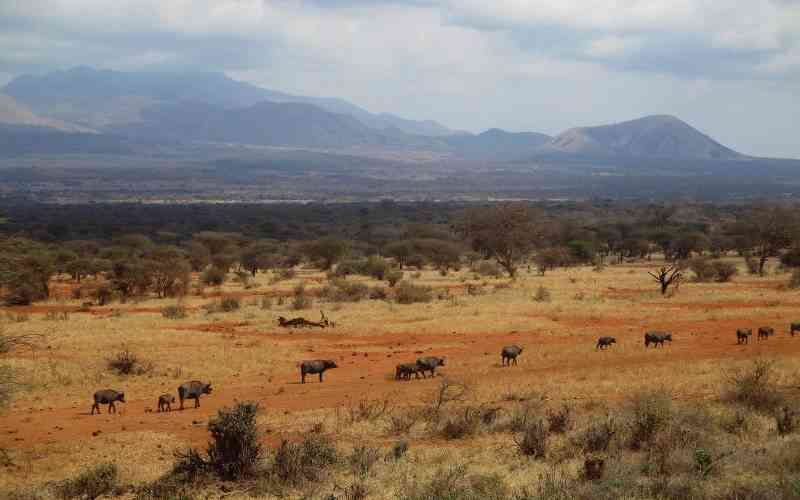
An offer to visit Malindi “and get to experience what is on offer after Covid-19” was irresistible. It has been quite a while, but I was optimistic that the road trip would be adventurous.
I left Kajiado on a Wednesday morning. The plan was to do a road trip and get to enjoy and experience nature’s beauty along the Nairobi-Mombasa road. I had not had the opportunity to do so since Madaraka Express entered the transport arena.
Despite the expectation that the Madaraka Express would reduce long-haul traffic, it seemed to have trebled. You have to drive carefully.
The highway too no longer has lonely places as many developments are happening and you cannot drive a stretch of more than five kilometres without coming across some development of centres coming up. Konza City is taking shape with so many constructions.
After Makueni, the countryside views are excellent, the air is cool and I get to enjoy a relaxing drive against the background of soothing music. My first stopover is at Cappadocia Red Sands hotel, a popular joint for lovers of Mugithi music. The place is frequented by popular musician, Ken wa Maria.
The next stop is Hunters Lodge, Kiboko, a premier family-oriented lodge on the way to Mombasa. It is over a decade since I checked here, and I am astounded at how the lodge has kept its glamour over the years.
A lazy stroll on the beautifully landscaped grounds reveals that there is more to Hunters Lodge than just a tranquil stopover place. For instance, I learn, that it is an ideal place for bird lovers.
The property has more than 100 bird species. While here too, you can indulge in a boating activity at Kiboko springs or take an adventurous trip to the lava caves of the Chyulu Hills National Park.
Reluctantly I leave Hunters Lodge because I have to get to Voi before late, as I do not have an advanced booking.
The drive to Voi is uneventful, except for the beautiful sunset kissing Chyulu Hills a few kilometres before my entry to Voi town. I arrive at the town at 7pm and settle for an accommodation place in the outskirts of the town. Interestingly, Voi has comfortable and affordable accommodation.
Across my accommodation is a nyama choma and entertainment place that I decide to explore. My host, the manager, is excited to narrate to me the story of Voi, which I guess he does whenever he meets inquisitive customers like me.
I decide to while away the night listening to the tales of Voi. He tells me that Voi’s charm is an attraction for first-time visitors, of which I am not, but wisdom tells me that you can never get enough knowledge. It is a warm night, the moon is shining brightest on mother earth, and my attentive nature is set.
The manager narrates that the earliest history of Voi has it that one of the most known sojourners who visited Voi was a trader known as Kivui Mwendwa, born in the late 1870s, and whose name the town was named after.
The story has it that this long-distance trader used to frequent the town together with coastal traders. By then, the town was a picturesque landscape with a soothing river flowing through the gently sloping hills. With the trade activities, the town slowly grew to be a great trading centre.
Then came the Mombasa-Kisumu railway, and with it a great tale about Voi. Workers migrated to the town putting up many labour camps. Everything was going on well until March 1898 when the rail reached the Tsavo River. Hell broke loose.
“One night after workers had retired; two lions made their way into a campsite, dragged occupants out, and devoured them. This became routine every night,” says the manager.
For nine months, everyone dreaded nightfall until they could not take it anymore. Some workers fled the town and no amount of convincing could bring them back.
Eventually, the project supervisor, John Henry Patterson, hunted the lions putting an end to the reign of terror, but not before putting the town on the world’s map about the Man-Eaters of Tsavo. After the completion of the Voi-Taveta railway line, the town grew sporadically and got its town status in 1932.
In the morning, I wake up to a beautiful sunrise, and from the balcony of my room, I watch it as it rises high, promising a sunny day. Before departure, I take a stroll through the town, and I am awed by its resemblance to a Swahili town. The streets are narrow, while business premises among them shops, hotels, and supermarkets dominate the town with vendors shouting on top of their voices to attract customers.
By 10am, I have had enough of Voi, and within minutes, I am cruising on the Voi Mombasa Highway, and later joining the Mombasa-Malindi bypass. The bypass drive is awesome – new roads, road exchanges, the construction of the Nyali Bridge, and the real estate, are all a sign of a fast-growing Mombasa City.
The drive to Malindi is scenic through Vipingo and is dotted with the traditional Giriama mud huts. However, many are giving in to new development – stone construction.
I drive through the Arabuko-Sokoke indigenous forest, and a few kilometres later, I am at the Kizingo centre. A signboard directs me to my destination – Drivers@Alpha Charlie.
Two kilometres after the diversion, I drive into a beautifully landscaped compound that gives me the feeling that this is a home-away-from-home setting.
Before I retire for the day, I am taken for a walk to sample the Giriama culture.
I learn about Mekatilili wa Menza (1860s-1924), a Giriama leader who led her people against the colonial administration.
We pass through a castle-like ruin and the manager tells me that it belonged to a mzungu who had married a local Giriama woman. The marriage did not work and the mzungu went back home.
The woman did not know what to do with the big house and it was vandalised. These and other tales are what made my stay here perfect.
 The Standard Group Plc is a multi-media organization with investments in media platforms spanning newspaper print
operations, television, radio broadcasting, digital and online services. The Standard Group is recognized as a
leading multi-media house in Kenya with a key influence in matters of national and international interest.
The Standard Group Plc is a multi-media organization with investments in media platforms spanning newspaper print
operations, television, radio broadcasting, digital and online services. The Standard Group is recognized as a
leading multi-media house in Kenya with a key influence in matters of national and international interest.

